Edward IV had actually been born in France. His mother, Cecily Neville, had accompanied her husband as far as Rouen, which was safely under English control at the time.
This was during the tumultuous 1440s, when both England and France laid claim to the French throne. As Henry VI's Lieutenant of France, Richard, Duke of York, was stationed there for many years.
Three of his children, Edward, Edmund and Elizabeth, were all born in Rouen.
But then Louis XI's exclamations could merely be ignored as him causing trouble after the fact. After all, he had the nick-name of 'Universal Spider' for his scheming ways, and well knew the power of rumor. Plus it had been his father, Charles VII, who Richard of York had been trying to keep from becoming Dauphin.
Maybe Louis was worried that Edward IV would one day take up that cause again. It was a fair concern, because Edward did just that a few years later. Only Louis wasn't the only one stating such rumors.
Dominic Mancini, the Italian ambassador to England during 1482-3, dutifully noted down court gossip dating from twenty-two years earlier, when Edward had married his queen, Elizabeth Woodville. Mancini (who didn't speak English and was reliant upon the translations of Italian speakers at court) heard tell that Cecily Neville...
'...fell into such a frenzy, that she offered to submit to a public enquiry and asserted that Edward was not the offspring of her husband the Duke of York, but was conceived in adultery, and therefore in no wise worthy of the honor of kingship.'
If it was true, then no public enquiry occurred. Yet, even in England, the rumors persisted. Edward IV was forced to put out official rebuttals.
The story was always the same. Cecily Neville had fallen for a tall archer named Blaybourne, who was based at the English garrison in Rouen. She had become pregnant by the commoner, while her husband was away on campaign.
Richard, Duke of York, had claimed the baby as his son, solely to save his wife's blushes and assuage his own humiliation. If words were spoken, then they were behind closed doors. At the very most, all that was really compromised was the Duchy of York.
Of course, no-one could have imagined, in April 1442, that the newborn Edward would one day become King of England.










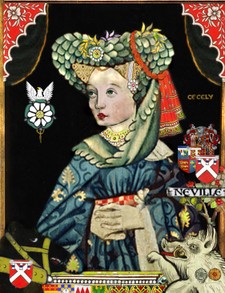
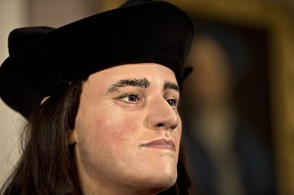

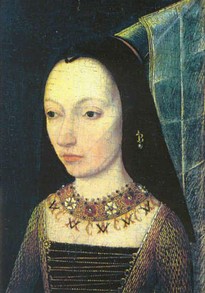
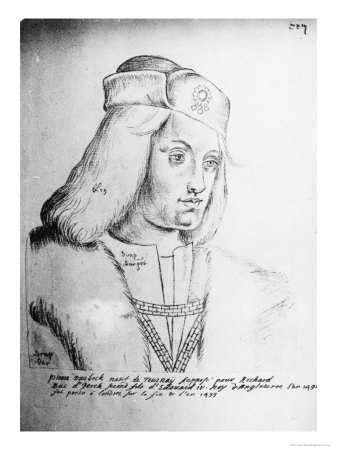
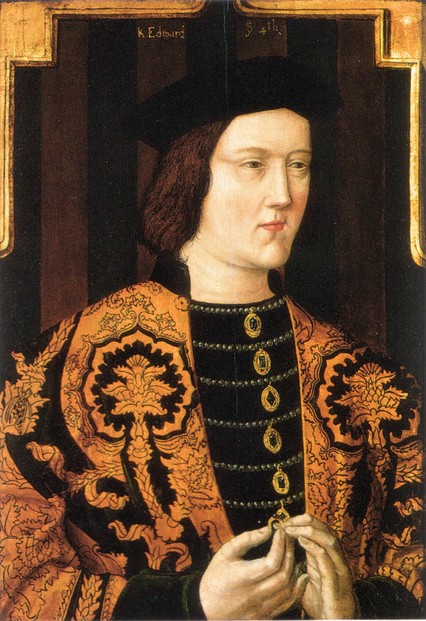
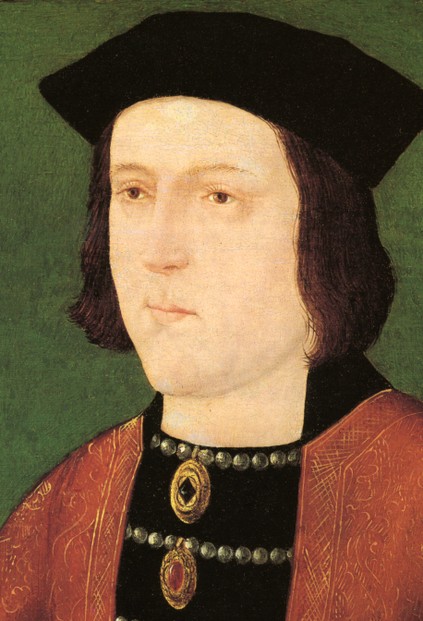








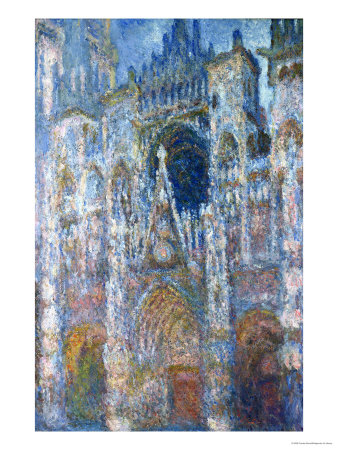
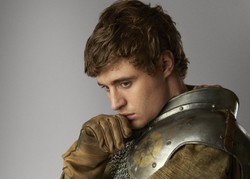

 St Tydecho's Churches in West Waleson 09/03/2014
St Tydecho's Churches in West Waleson 09/03/2014
 Goodies for an Outlander Premiere Partyon 03/06/2015
Goodies for an Outlander Premiere Partyon 03/06/2015
 Holocaust Memorial Day Interview with Rainer Höss, Grandson of Rudolf Architect of Auschwitzon 01/24/2015
Holocaust Memorial Day Interview with Rainer Höss, Grandson of Rudolf Architect of Auschwitzon 01/24/2015
 Romantic Valentine Gifts for an Outlander Fanon 01/16/2015
Romantic Valentine Gifts for an Outlander Fanon 01/16/2015


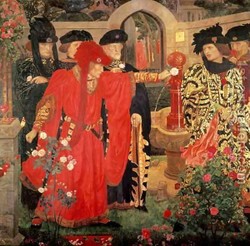
Comments
I think it's more likely that Edward had George murdered because of his behaviour to his workers and tenants such as Ankarette Twynho or because George suspected that Edward's marriage to Elizabeth Woodville may be invalid.
George, Duke of Clarence, was doing a little more than spreading rumors about Edward's illegitimacy. Though the time to have him executed wasn't then, but earlier, when he led an army against his brother. (Not that I'm advocating the death penalty.)
The queen has repeatedly refused to have any of the various Princes in the Tower bones checked for DNA. Now, more than ever, with Richard identified, we could know for sure.
I think Edward IV was illegitimate. He actually went to the lengths of KILLING his brother (or half-brother) George, for challenging him, which is an extraordinary length to go to scotch a mere rumour, if that's what it was.
When Richard III's body was found, the University of Leicester applied for permission to test his DNA against the bones of the two princes in the tower (two small skeletons was found in the Tower in the 17thC and were re-buried in Westminster Abbey). If they were really descended from Richard of York, their Y chromosones would be identical to Richard III's. Elizabeth II refused permission for the DNA testing - which is telling.
You know, I knew each of those individually, but I'd never seen them all together. That really is quite strange, isn't it? That's every single royal house since the conqueror coming through the female line.
Strangely, inheritance in the UK has run through female lines. Henry the Second inherited through his mother, the empress Maud, the daughter of Henry the First and also heir to Alfred through his wife, Margaret of Scotland, and thus was born the Plantagenet dynasty.
Next Henry Tudor, a usurper with a spurious claim based on a tenuous connection to the house of Lancaster, passed on the stronger claim through his wife. In turn the Tudor inheritance passed through the line of Scotland through Henry's sister, who was married to the king of Scotland, and her granddaughter, Mary, Queen of Scots, who passed it onto James, the first of the Stuart line. This line inherited later on through his descendant, the electress Sophie of Hanover; and one of her descendants, Victoria, passed the claim onto the present line, whose heirs, Charles and William, have their claim through their mother, Elizabeth. We have male primogeniture interrupted by female inheritance at key points.
Interestingly, if you ask the names of our most popular monarchs, after Alfred, whom the present lot would rather forget, we have Elizabeth the First and Second and Victoria. Our kings have never been loved as much as our queens.
Aguasilver - Me write an historical novel? You can't believe how tempting that idea is. I may take you up on it.
cmoneyspinner - I'm sure that an Irish person has spoken like that at some point in history. At least while putting on a funny accent. :p But thank you. <3
Nay lassie! My flattery be naught but the truth!
That's probably an Irish accent, isn't it? :)
Wow! Loads of comments. I'm glad that you all enjoyed the Medieval gossip!
Aguasilver - I didn't know that Bernard Cornwell had written a novel based on the archer's side of the story. I'll have to look out for that. Thanks!
Jenny - Frank has explained this perfectly. Thanks, Frank!
Thamisgith - LOL True story.
Cmoneyspinner - Awww! You flatter me too much. <3
Frank - But Sophie could only claim because she was a Stuart. The Stuarts could only claim England too because of Margaret Tudor. So it all comes back to whether Henry Tudor ruled through right of conquest (which he did) or through the royal blood of his wife, Elizabeth of York (which he didn't and in case that that's now suspect, as Edward IV was her dad).
The claim to the throne depends upon the settlement at the glorious revolution of 1688, when parliament settled the throne on the descendants of the electress Sophie of Hanover, so she is monarch of England and Wales through constitutional settlement.. However, the British monarch is separately monarch of England/Wales/Northern Ireland and Scotland. The present monarch inherits Scotland's crown by descent from the Stuart kings of Scotland through the house of Hanover, who descend from the Stuarts, all Catholic Stuarts having been disinherited by act of parliament. The British monarch is separately Lord of Man [the Isle of Man] which she inherits through the Scottish line, and is duchess of Normandy, the remnants of which duchy are the Channel Islands, whose inhabitants hail her as duchess rather than queen.
Incredible! If this keeps up the Wizzley management is going to have make a separate topic category and call it the Jo Harrington History Channel. :)